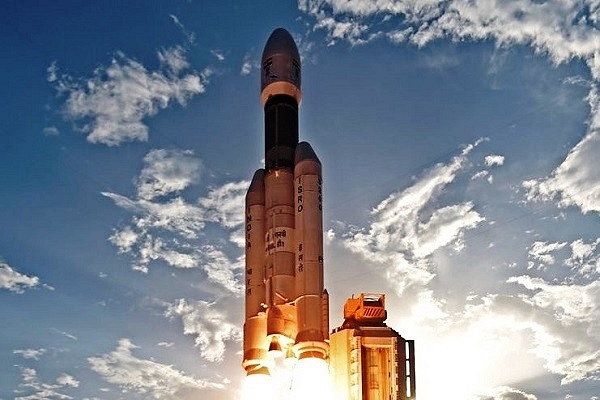Insta
ISRO To Introduce Kerolox Powered Semi-Cryogenic Engine, Enhanced Fuel Loading To Increase Payload Capacity

A side view of the GSLV-Mark III (ISRO)
The Indian Space Research Organisation (ISRO) plans to use a highly refined form of kerosene known as kerolox (RP-1) to increase the payload capacity of its GSLV Mk III, reports The Times of India.
Kerolox would be used in the upper stage of the ISRO rocket. It is ten times denser as compared to hydrolox thereby allowing it to generate more thrust for the same amount of volume. It is also cheaper, more stable at room temperature and less hazardous than hydrolox.
Elon Musk ‘s Space X also currently uses kerolox in its Falcon 9 rocket for launching heavy payloads.
“To increase the payload capacity from 4 to 6 tonnes, we are in the process of making some improvements in the rocket stages. At first, we are working on enhancing cryogenic fuel loading from 25 tonnes to 30 tonnes. Second, we are also working on upgrading the core stage L110- which has 110 of unsymmetrical dimethylhydrazine (UDMH) and dinitrogen tetroxide. We want to replace L110 stage with a semi-cryogenic engine that will carry liquefied oxygen and kerolox instead of liquefied hydrogen,” ISRO chief Dr K Sivan was quoted saying by TOI.
“The first test of the advanced version of Mk III will take place in December 2020. With the upgrade in Mk III, we will also have to upgrade the launchpad facility at Sriharikota. We have therefore issued a tender notice recently inviting quotations for infrastructure upgrades at the second launch pad.” he added.
However, Dr Sivan clarified that the semi-cryogenic engine won’t be used in the manned Gaganyaan mission, GSLV Mk III with the L110 stage rocket will be the one commissioned for the launch.
Introducing ElectionsHQ + 50 Ground Reports Project
The 2024 elections might seem easy to guess, but there are some important questions that shouldn't be missed.
Do freebies still sway voters? Do people prioritise infrastructure when voting? How will Punjab vote?
The answers to these questions provide great insights into where we, as a country, are headed in the years to come.
Swarajya is starting a project with an aim to do 50 solid ground stories and a smart commentary service on WhatsApp, a one-of-a-kind. We'd love your support during this election season.
Click below to contribute.
Latest